Shockwave therapy, a non-invasive treatment for chronic pain and musculoskeletal conditions, has gained attention for its potential to improve health and appearance by alleviating issues like joint and muscle pain. If you're wondering how long it takes to work, the answer isn't one-size-fits-all, but understanding the process can help set realistic expectations. This section will break down the typical timeline, factors affecting results, and the role of shockwave therapy equipment in the treatment process.
Timeline and Factors
Research suggests that most patients undergo 3 to 5 sessions, typically spaced about a week apart, with the full course lasting 3 to 6 weeks. You might start noticing improvements within a few weeks, but for some conditions like plantar fasciitis, it can take up to 12 weeks to see significant pain reduction. The evidence leans toward factors like the severity of your condition, your body's response, and the number of sessions influencing how quickly you feel better. Some people report immediate pain relief, while others may need several weeks, highlighting the complexity of individual responses.
Role of Equipment
The type of shock wave therapy equipment used, such as focused or radial machines, can also play a role. Focused machines target deep tissues, potentially speeding up recovery for specific areas, while radial machines cover larger, more superficial regions. This unexpected detail about equipment variety shows how treatment customization can impact results, though more research is needed to fully understand these effects.
Comprehensive Analysis of Shockwave Therapy Duration and Equipment
Shockwave therapy, also known as extracorporeal shockwave therapy, is a non-invasive treatment option that uses sound waves to address chronic musculoskeletal pain and promote healing. This survey note aims to provide a detailed exploration of how long shockwave therapy takes to work, with a particular focus on the role of shockwave therapy equipment, ensuring a thorough understanding for individuals seeking to improve and maintain their health and appearance.
Background and Definition
Shockwave therapy is widely recognized for its ability to treat conditions such as plantar fasciitis, Achilles tendinopathy, tennis elbow, and rotator cuff tendinopathy, among others. It is a non-surgical approach that stimulates blood circulation and tissue regeneration, making it appealing for those looking to avoid invasive procedures. The therapy works by delivering high-energy sound waves to the affected area, creating microtrauma that triggers the body's natural healing response, enhancing blood flow and promoting the growth of new, healthy tissue.
Timeline for Results
The duration for shockwave therapy to show results varies significantly, influenced by multiple factors. Research, such as a study from the Mayo Clinic on the evolving use of ESWT (Mayo Clinic ESWT Applications), suggests that most treatment protocols involve 3 to 5 sessions, spaced approximately a week apart, with the full course typically lasting 3 to 6 weeks. Patients may begin to notice pain reduction and improved function within a few weeks, but for conditions like plantar fasciitis, studies indicate progressive improvement over 3 to 12 weeks post-treatment, as evidenced by research from PubMed Central (Shockwave Therapy Research).
Individual responses can differ, with some experiencing immediate pain relief after the first session, while others may require several weeks to months to see significant changes. This variability is highlighted in clinical observations, where factors such as the severity of the condition, the patient's overall health, and their body's healing capacity play crucial roles. For instance, chronic musculoskeletal conditions might take longer, with some patients reporting benefits extending up to 6 months, depending on the condition's complexity.
Factors Influencing the Timeline
Several elements can affect how quickly shockwave therapy works. The type and severity of the condition are primary determinants; for example, superficial issues like tennis elbow may show improvement in 2 to 6 weeks, while deeper issues like rotator cuff tendinopathy might take 6 to 12 weeks. Patient response, including factors like age, activity level, and adherence to post-treatment recommendations (e.g., stretching exercises), also influences outcomes. The number of sessions, typically recommended as 3 to 5, and the frequency (weekly) can further impact the timeline, with cumulative effects often necessary for lasting results.
A table summarizing common conditions and their expected timeframes can provide clarity:
|
Condition
|
Typical Number of Sessions
|
Expected Timeframe for Improvement
|
|
Plantar Fasciitis
|
3-5
|
3-12 weeks
|
|
Tennis Elbow
|
3-5
|
2-6 weeks
|
|
Achilles Tendinopathy
|
3-5
|
4-8 weeks
|
|
Rotator Cuff Tendinopathy
|
3-5
|
6-12 weeks
|
This table, derived from clinical research and patient reports, helps illustrate the variability and expected outcomes for different conditions.
Role of Shockwave Therapy Equipment
The equipment used in shockwave therapy is pivotal, with two main types: focused and radial shock wave therapy machines. Focused shockwave therapy devices generate a narrow, high-energy beam that targets specific deep tissues, making them ideal for conditions requiring precise, deep-penetrating treatment, such as certain tendinopathies or bone-related issues. Radial shockwave therapy machines, on the other hand, produce a broader, less intense wave that affects larger, more superficial areas, suitable for conditions like shoulder pain or larger muscle groups.
The choice between focused and radial depends on the condition's depth and location. For instance, focused shockwave therapy might be preferred for plantar fasciitis to target the heel's deep fascia, while radial shockwave therapy could be used for broader back pain areas. Some advanced machines offer both capabilities, enhancing treatment versatility. This equipment variation, an unexpected detail for many, underscores how customization can influence efficacy and duration, though further research is needed to quantify these effects definitively.
Preparation and Expectations
Preparing for shockwave therapy involves a thorough assessment by a healthcare provider, including a physical examination and possibly imaging tests to pinpoint the injury. During sessions, a gel is applied to the skin to facilitate sound wave transmission, and a handheld device delivers pulses, which patients might describe as a deep massage or vibration, lasting 10 to 15 minutes per session. Post-treatment, patients can typically resume normal activities, though resting briefly if discomfort occurs is advised. Therapists often recommend complementary exercises to enhance outcomes, emphasizing the therapy's integration into a holistic treatment plan.
Safety and Side Effects
Shockwave therapy is considered safe, with minimal side effects, such as temporary pain, bruising, or swelling at the treatment site, which usually resolve within days. This non-invasive nature, supported by research from the University of Utah Health (Shockwave Therapy Safety), makes it a viable option for those seeking pain relief without surgery, though individual responses can vary, and consultation with a professional is essential.
Conclusion and Recommendations
In conclusion, shockwave therapy offers a promising avenue for managing chronic pain and musculoskeletal conditions, with results typically visible within weeks to months, depending on the condition and individual factors. The role of shockwave therapy equipment, particularly the choice between focused and radial machines, highlights the importance of tailored treatment plans. For those considering this therapy, consulting with a qualified healthcare provider is crucial to assess suitability and set realistic expectations. For further reading, explore resources like the Mayo Clinic's insights (Mayo Clinic Applications) or PubMed Central's research (Shockwave Therapy Research).
The two—channel electric massager is your personal assistant in maintaining health and well-being. Combining efficiency and convenience, it allows you to enjoy the benefits of professional massage at home. You can buy this device at the best price in our online store.
Key Points
- Research suggests shockwave therapy typically takes 3 to 5 sessions, spaced a week apart, with results often visible within a few weeks to a few months, depending on the condition.
- The evidence leans toward individual factors like condition severity and patient response influencing the timeline, with some experiencing immediate pain relief and others needing longer.
- It seems likely that equipment type, such as focused or radial shockwave therapy machines, can affect treatment efficacy and duration, but more research is needed for definitive conclusions.

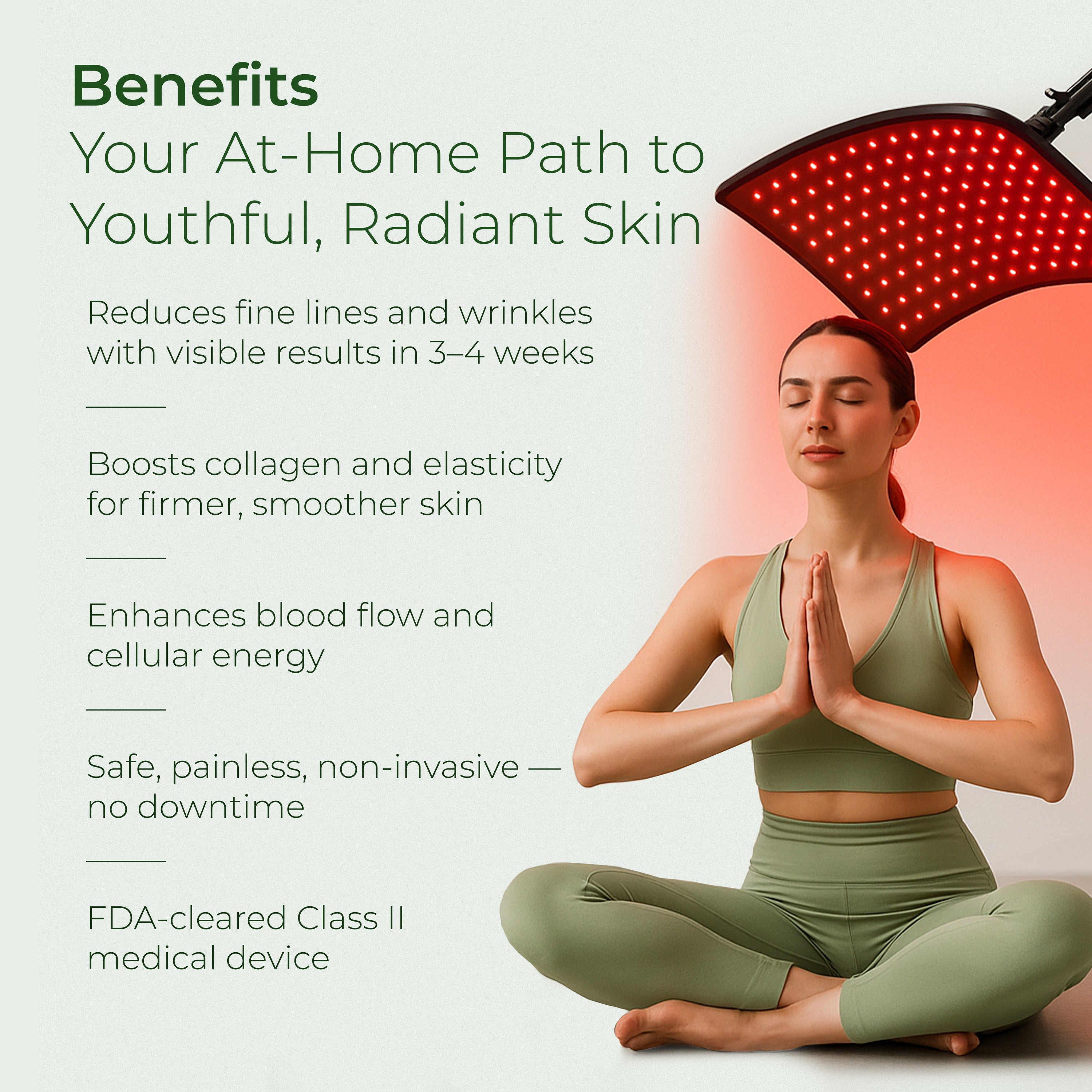
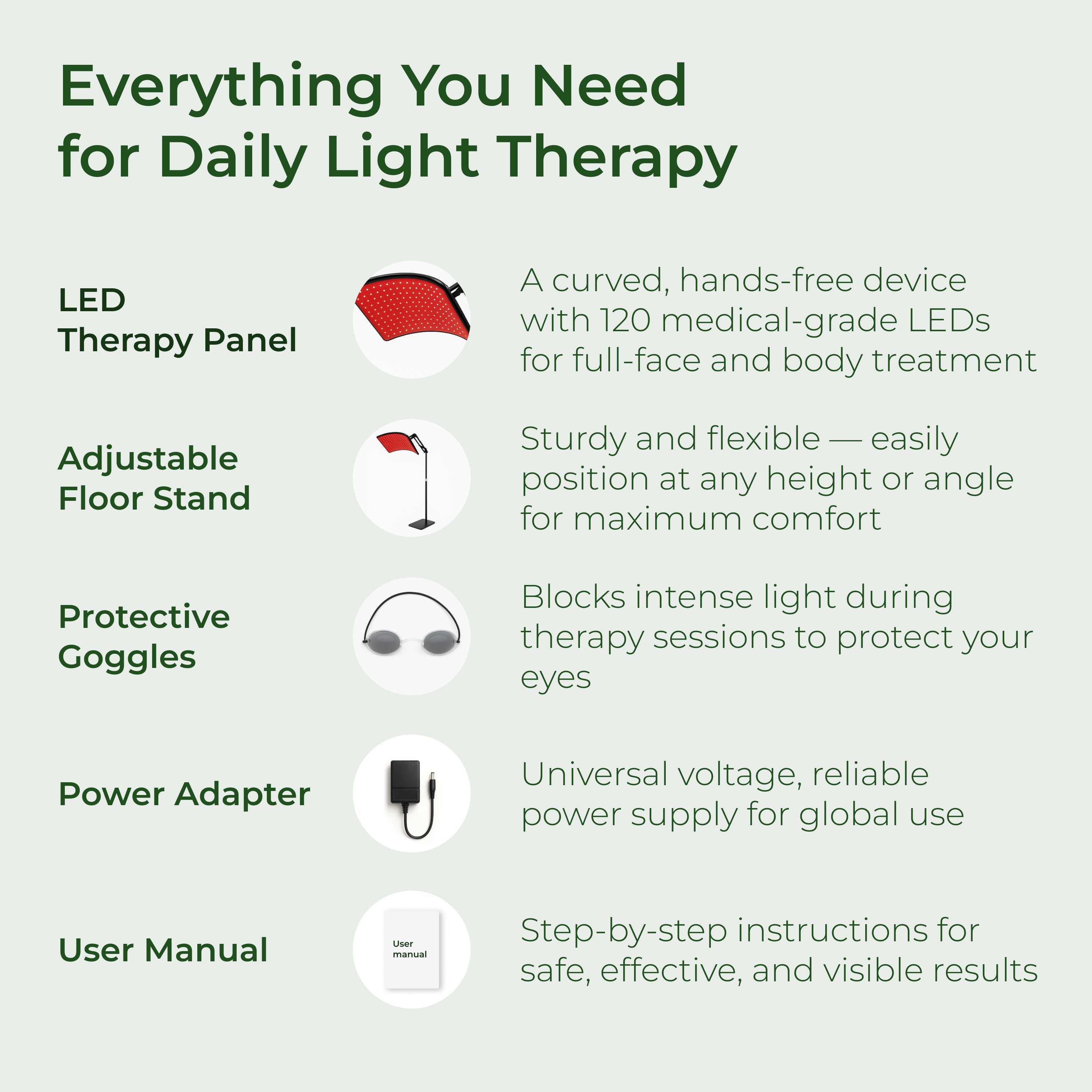

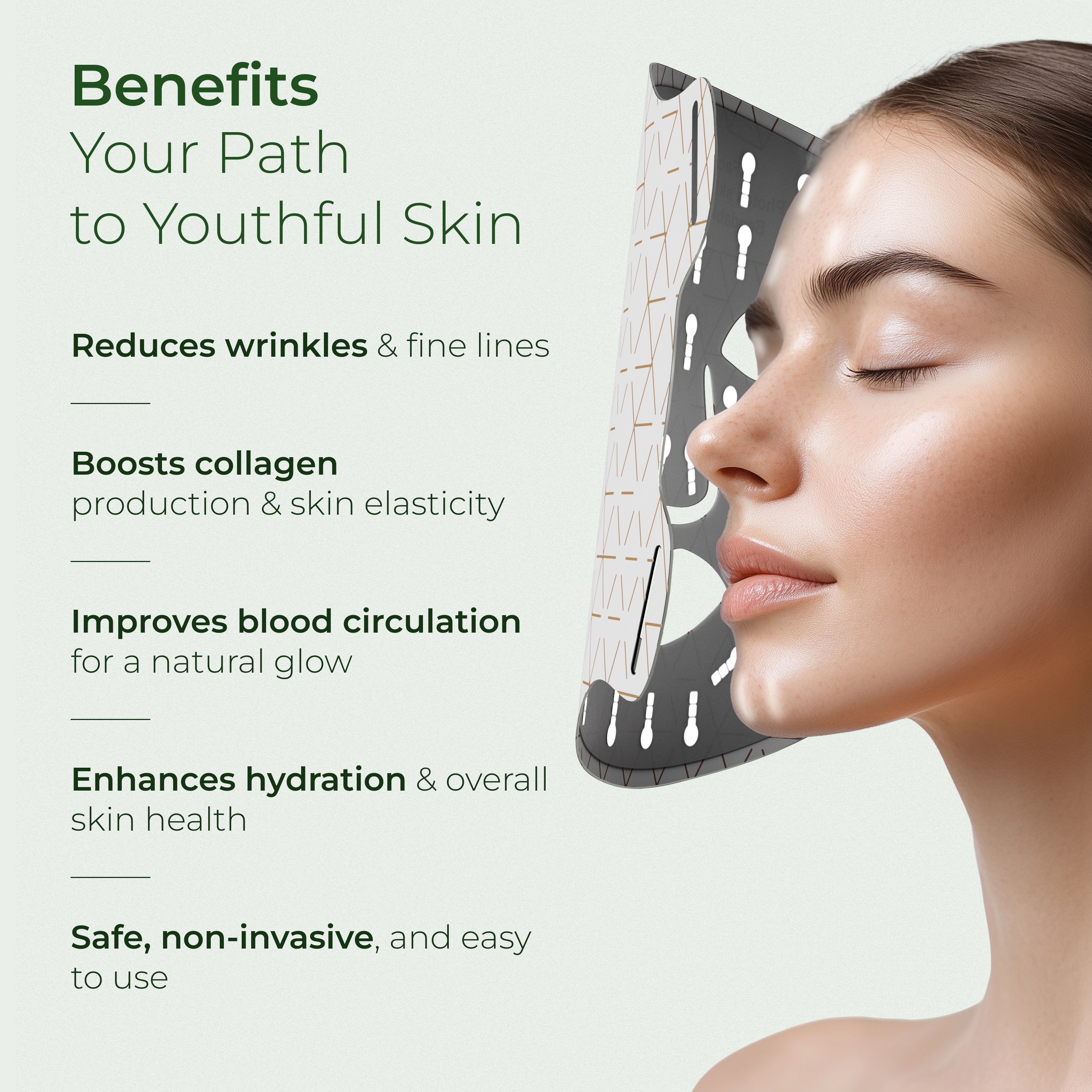



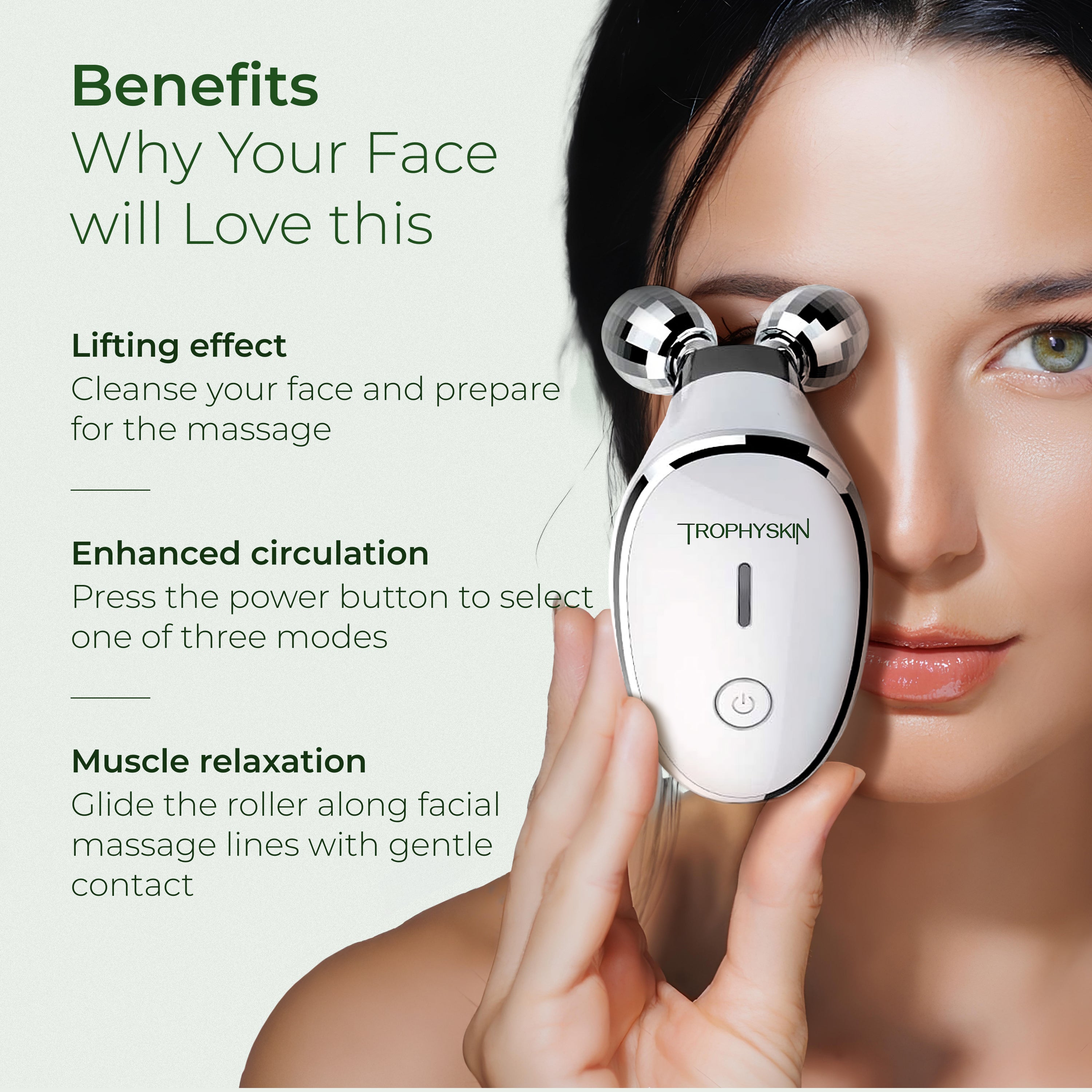



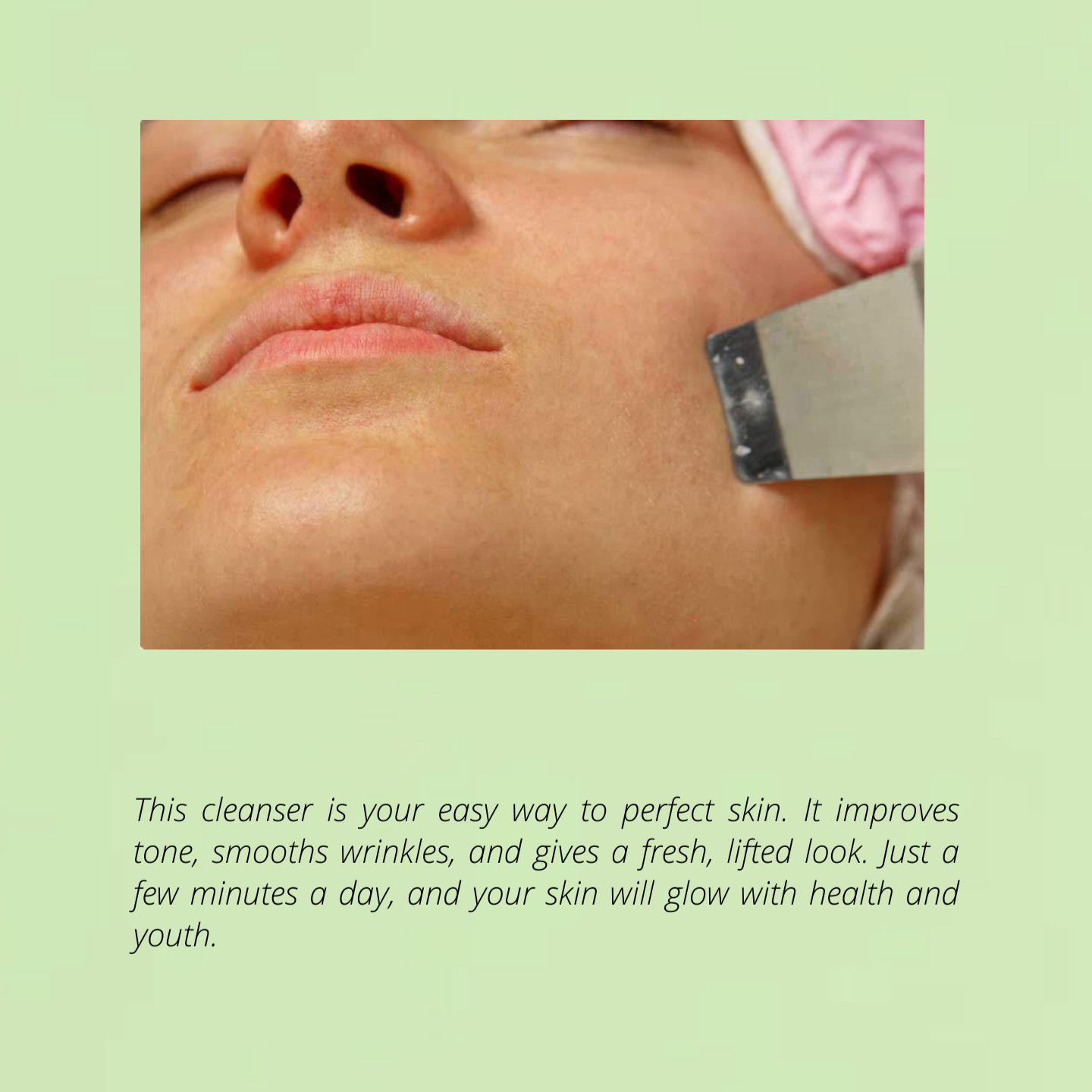

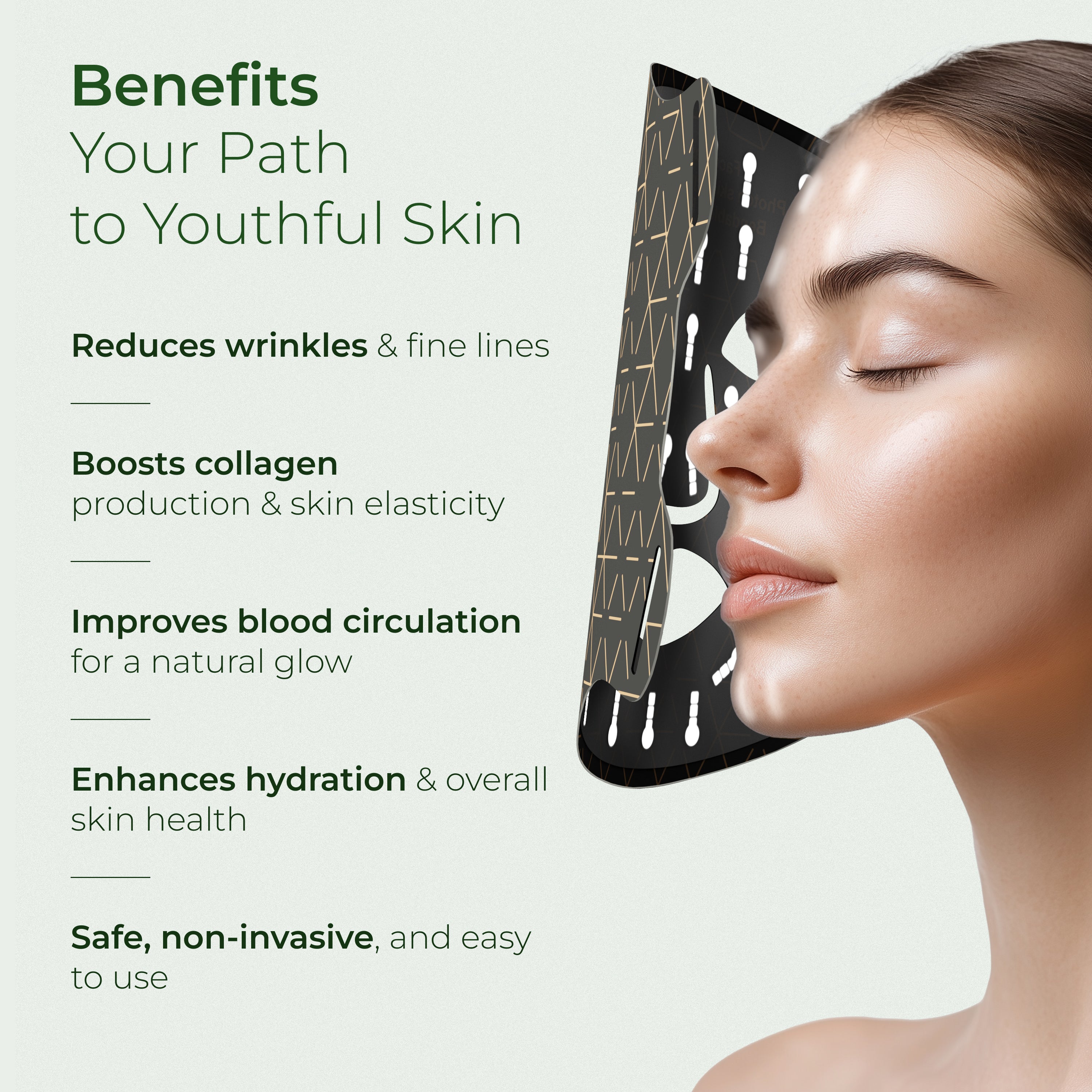


Leave a comment
This site is protected by hCaptcha and the hCaptcha Privacy Policy and Terms of Service apply.